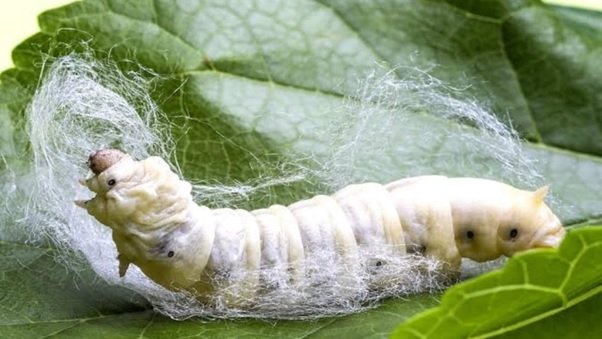
Silkworms produce silk, one of the most coveted materials known to humankind, and their story is intertwined with the fabric of many Asian cultures. From ancient times to modern-day, the cultural significance of silkworms reflects a fascinating blend of biology, artistry, and economic impact. In this article, let’s dive deep and explore how these little larvae transformed societies and continue to influence lives today.
The Origins of Silk Production
Silk production dates back over 5,000 years, primarily in ancient China. Legends abound about its discovery, but one story stands out. It’s said that Empress Leizu, while sipping tea, accidentally dropped a silkworm cocoon into her cup. When she tried to pull it out, she found a delicate silk thread unwinding from the cocoon. This revelation changed everything.
Silkworms, particularly the Bombyx mori species, became integral to Chinese culture. The art of silk weaving developed into a highly esteemed craft. Soon, silk wasn’t just a luxurious material; it became a symbol of wealth, status, and even power. Then came the famous Silk Road, opening up trade routes and spreading silk production across Asia and beyond.
The Role of Silkworms in Asian Economies
In countries like China, India, and Thailand, silkworm farming isn’t merely an occupation—it’s a way of life. Here’s the thing: raising silkworms (or sericulture) involves a meticulous process. Farmers care for the worms, harvesting cocoons and spinning silk into fabric. This process provides jobs and sustains rural communities.
Consider the economic impact. In China alone, the silk industry generates billions of dollars annually. Not just that, but it creates jobs for millions of people—from farmers to weavers. The traditional craft of silk weaving is passed down through generations, preserving not just the skill, but entire ways of life.
Cultural Traditions and Celebrations
Silkworms are woven into several cultural traditions across Asia. Many festivals celebrate the silk industry, showcasing vibrant silk garments and intricate tapestries. In India, for example, the Mysore Dasara festival features silk as a central theme, where people wear elaborate silk saris to honor tradition and heritage.
You might also find that silk is a significant part of weddings in many Asian cultures. The bride often wears a silk dress, symbolizing prosperity, purity, and happiness. Just think about how much meaning is tied to a simple fabric—it’s like wearing history with every stitch.
Symbolism in Art and Literature
Silkworms also inspire artworks and literature across Asia. In Chinese poetry, the silkworm often symbolizes hard work and dedication. The act of the caterpillar transforming into a beautiful moth mirrors human potential for growth and transformation.
Additionally, silk fabrics often feature intricate designs with motifs from nature, such as flowers and animals. These designs aren’t just pretty—they represent cultural beliefs and values. For example, a butterfly motif might symbolize love and joy, while a dragon represents strength and power. It’s amazing how something so small can carry such profound meanings!
Modern Innovations in Sericulture
While the traditions around silkworms are rich, modern developments bring exciting changes too. Today, technology is enhancing sericulture practices. Innovations like artificial intelligence help farmers monitor worm health and improve yield.
Moreover, silk is now being blended with other materials to create textiles that are both functional and fashionable. Eco-friendly practices are emerging as well, with more farmers focusing on sustainable methods to raise silkworms. This adaptability shows that the cultural significance of silkworms isn’t just historical; it’s evolving with the times.
Challenges Facing the Silk Industry
Like many industries, silk farming faces challenges. Climate change poses a significant threat, as rising temperatures and unpredictable weather can impact silkworm health. Additionally, competition from synthetic fabrics has caused some decline in silk’s popularity.
Farmers are also struggling against a shrinking workforce. Younger generations often move to cities for different job opportunities, leaving rural areas underpopulated. Addressing these challenges is crucial—not just for the industry but for preserving the cultural heritage tied to silk.
The Future of Silkworms in Asia
Looking ahead, the future of silkworms and the silk industry in Asia remains bright. There’s a growing movement toward reviving traditional sericulture practices alongside modern techniques. These efforts can help ensure that the cultural significance of silkworms continues to thrive.
As global demand for sustainable and ethically sourced materials rises, silk could see a resurgence. With innovation and tradition working hand in hand, silkworms might bring new life to age-old customs.
In conclusion, silkworms are far more than just insects; they are integral to many cultures across Asia. From their role in ancient history to their impact on modern economies and celebrations, they embody a significant part of human creativity and resilience. As we continue to value and innovate, let’s remember the vital threads these tiny creatures weave into the fabric of our lives.
